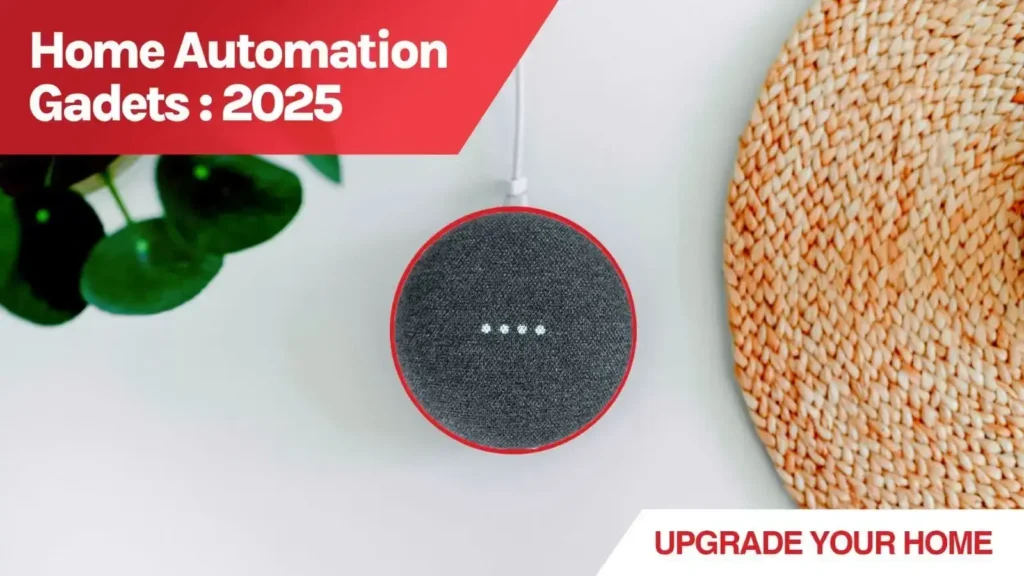
Installing an ELV security system in a new building is not just about running cables. It involves careful planning, coordination, and compliance with local standards.
SEFA have been implementing reliable ELV systems in Dubai for last 20 years that stand the test of time. Drawing from our hands-on field experience and strict alignment with local compliance standards, we have created this checklist to simplify your ELV installation journey.
This guide outlines the key things you should check before, during, and after ELV system installation.
Why ELV Planning Matters in New Construction Projects
1. Understand the Project Scope and ELV Requirements
A clear understanding of the project’s nature is the foundation of a successful ELV system. Each project comes with different user expectations, authority requirements, and system loads.
Key tasks:
- Identify required systems: CCTV, access control, fire alarm, voice/data cabling, BMS, IPTV, etc.
- Assess space usage (building type, occupancy, entry points)
- Coordinate early with architects and MEP(mechanical, electrical and plumbing) teams
We offer consultation sessions to help clients determine which ELV systems are mandatory and which are optional based on project type, location, and budget.
2. Types of ELV Systems Typically Installed
Depending on the complexity of the project, you may need one or multiple of the following:
- CCTV Systems for 24/7 surveillance and remote monitoring
- Access Control & Intercom for entry/exit control and visitor verification
- Fire Alarm Systems for detection, alerts, and emergency response
- Public Address (PA) and Voice Evacuation systems
- Structured Cabling for voice and data
- SMATV/IPTV for television distribution
- BMS Integration to centralize and automate facility control
We always advise clients to consider long-term scalability by choosing systems that can grow with the building’s future needs.
3. Proper System Design and BOQ Preparation
The design stage ensures that all ELV systems are engineered to meet both function and regulation. A detailed single-line diagram, layout, and elevation drawing helps streamline installation.
Must-haves:
- Authority-compliant schematic diagrams
- Complete BOQ (Bill of Quantities) including cables, accessories, devices, and commissioning
- Coordination drawings to avoid physical and signal interference
SEFA’s in-house design team ensures accuracy, compatibility, and compliance before site mobilization.
4. Choose Approved Equipment and Trusted Brands
Using low-quality or non-certified equipment increases the risk of failure and delays during inspection.
Checklist for choosing equipment:
- Choose SIRA and DCD-approved models
- Prefer IP-based solutions for future upgrades
- Maintain brand consistency across devices (e.g., same manufacturer for all CCTV components)
We only supply equipment from trusted brands like Hikvision, Honeywell, Dahua, Bosch, and Schneider Electric — ensuring performance and approval in Dubai.
5. Verify Vendor and Installer Credentials
Selecting the right ELV contractor is crucial for a smooth execution. Always verify their background before awarding the job.
Points to verify:
- Valid trade license and SIRA registration (if applicable)
- Case studies or completed projects
- References or client testimonials
- Project-specific method statement
At SEFA, we believe in delivering transparency. We provide project documentation, material samples, and team profiles before starting.
6. Installation Planning and Coordination
Improper planning leads to clashes with MEP, civil, or architectural elements. ELV cable paths must be planned before ceilings or slabs are closed.
Key planning steps:
- Finalize locations for panels, cabinets, devices, and conduits
- Share updated layout drawings with all trades
- Label every cable clearly at both ends
- Document route changes to update the as-built drawings
Our project team conducts site walks and coordination meetings with all involved subcontractors for a seamless execution.
7. Coordination with Other MEP Systems
ELV installations often overlap with ducting, plumbing, and electrical works — leading to delays or safety risks if not managed properly.
Things to ensure:
- ELV cable trays and trunking are not obstructing HVAC ducts
- Conduits are embedded before plastering or flooring
- Switch locations and panel spaces are reserved early
- All layouts are approved before starting work
We coordinate with project engineers, civil supervisors, and main contractors to lock positions and avoid future issues.
8. Ensure Network and Power Readiness
Every ELV system depends on network connectivity and continuous power — even during outages.
Things to verify:
- Power sockets and backup UPS at all critical equipment points
- Proper network switches and patch panels
- Ventilation for cabinets and heat-sensitive devices
- Static IP allocation or DHCP reservation for IP-based systems
SEFA helps design and test power/network plans before device commissioning.
9. ELV Installation Timeline Overview
Poor scheduling causes delays, especially if ELV work begins too late. An ELV timeline should be integrated with the overall construction plan.
Phases include:
- Design & BOQ – before procurement or slab casting
- First Fix – conduits, cable trays, trunking before wall closure
- Second Fix – mounting devices, panels, and sockets
- Commissioning – testing and handover before DLP
We use structured Gantt charts and regular site reporting to track each stage.
10. ELV System Challenges in New Construction
Real-world projects come with unexpected issues. SEFA has solved many of them over the years.
Common challenges:
- Last-minute design changes
- Slab casting before duct positions are finalized
- Delivery delays due to authority rejections
- Insufficient space for ELV cabinets
- Low-quality cabling or interference from high-voltage lines
Early communication, flexible design, and experienced management help resolve these issues efficiently.
11. Regulatory Compliance in Dubai for ELV Installations
Dubai mandates strict rules to ensure safety, data security, and system integrity.
Major compliance areas:
- SIRA for CCTV and access control
- DCD for fire alarm and evacuation systems
- Etisalat/DU for telecom and data
- Municipality & Green Building Guidelines for cabling and energy efficiency
We handle end-to-end documentation and submissions to local authorities for faster NOC approvals.
12. Testing, Commissioning, and Compliance
Before handover, thorough testing ensures all systems function as designed and meet legal standards.
Commissioning checklist:
- Test each device: camera feed, alarms, readers, etc.
- Verify alert triggers and device logs
- Conduct integrated system tests (e.g., fire alarm triggering PA or access control)
- Document test results and authority forms
SEFA’s QA team follows an internal testing protocol aligned with Dubai regulations.
13. Documentation and Training
Proper documentation ensures future troubleshooting and service efficiency.
Deliverables include:
- As-built drawings
- System wiring and configuration diagrams
- User manuals and warranty cards
- Training sessions for client staff
We also hand over physical and digital documentation for long-term recordkeeping.
14. Plan for Maintenance and Support
Even with top-quality installations, systems need care. Neglecting maintenance can lead to system failure, fines, or non-compliance.
Maintenance tasks:
- Regular visual inspections
- Backup checks for DVRs, NVRs, UPS units
- Log reviews for unauthorized access attempts or alarm history
- Authority-required yearly servicing (especially for fire and CCTV)
SEFA offers maintenance packages with 24/7 emergency support, replacement guarantees, and yearly compliance checks.
Final Thoughts from SEFA
A properly installed ELV system increases safety, operational efficiency, and property value. At SEFA, we believe successful projects start with strong planning and trusted partnerships. This checklist reflects our years of experience delivering ELV solutions across Dubai — from luxury villas to high-rise towers and government buildings.
If you’re working on a new construction project and need guidance, we’re ready to support you with clear advice, reliable products, and certified installation.


